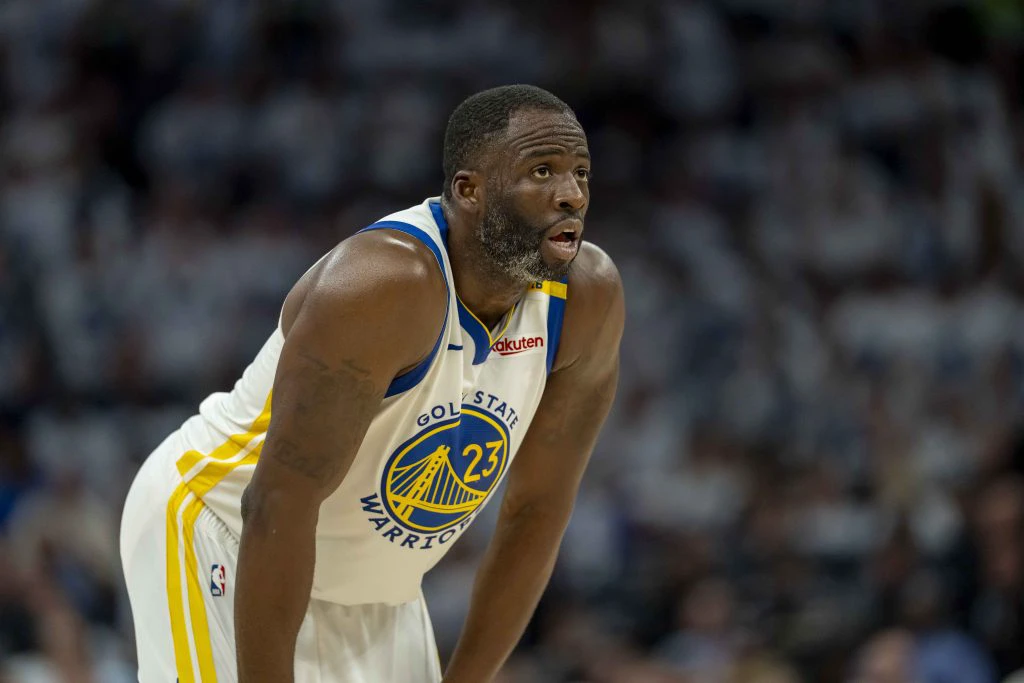The Evolution of the NBA Villain Archetype
When discussing the pantheon of NBA villains, one name often rises to the forefront of contemporary conversations: Draymond Green.
Known for his fierce competitiveness and provocative antics, Green has become a symbol of the modern antagonist in basketball. Yet, the narrative of the NBA villain is not solely defined by his actions. Before Green’s reign, there was another figure whose audacity and flair for chaos set the stage for what it means to be an antagonist in the league.
A Legacy of Unconventional Antics
This figure, a former Atlanta Hawks player, transformed the concept of villainy within the NBA. He was unapologetic about his approach to the game, often admitting to slapping opponents in the face-acts that, while controversial, showcased a level of boldness rarely seen. This player’s willingness to embrace the role of the antagonist not only entertained fans but also challenged the boundaries of acceptable conduct on the court. His antics sparked conversations about the nature of competition and sportsmanship, forcing both players and fans to confront the fine line between aggression and unsportsmanlike behavior.
The Impact of a Fearless Persona
The Hawks legend’s influence extended beyond mere physicality; he embodied a mindset that resonated with those who appreciated the more theatrical aspects of basketball. His confrontational style ignited rivalries and intensified games, leaving an indelible mark on the culture of the NBA. While some viewed his actions as reckless, others celebrated his defiance as a necessary element of the sport’s evolution. In a league that thrives on drama and narrative, he became a character that fans loved to hate, a role that Green would later adopt in his own unique way.
A Precursor to Modern Antagonism
The legacy of this player serves as a reminder that the NBA’s narrative is built on a rich tapestry of personalities. Each villain, from the Hawks legend to Green, has contributed to a broader understanding of what it means to compete at the highest level. Their actions, often polarizing, have sparked discussions that transcend the game itself, touching on themes of rivalry, respect, and the inherent drama of sports.
Reflections on the Nature of Competition
As the NBA continues to evolve, the role of the villain remains as crucial as ever. The Hawks legend’s unapologetic demeanor paved the way for future players to embrace their own narratives, encouraging a culture where individual expression is celebrated, even when it borders on the controversial.
In the end, the story of this legendary figure is not just about the chaos he created but about the legacy he left behind-a legacy that invites future generations to navigate the fine line between hero and villain, competitiveness and sportsmanship. The NBA thrives on these narratives, and as new players rise to prominence, the echoes of past antagonists will undoubtedly shape their journeys.
